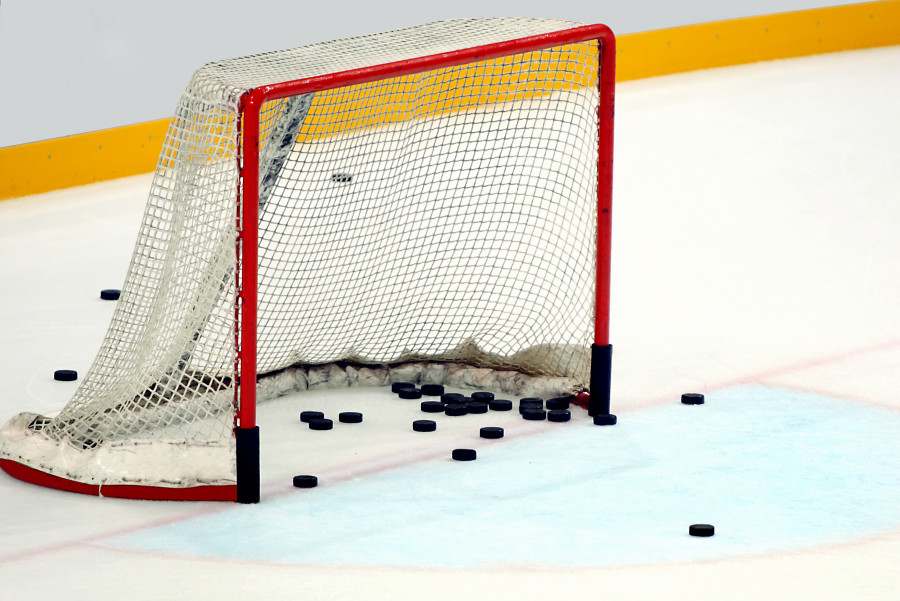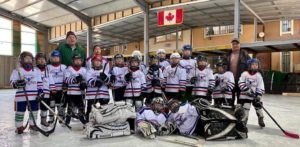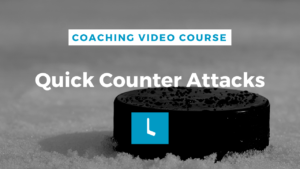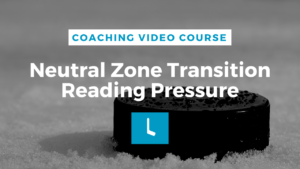Coaching hockey is part art, and part science. I learned that from mentor, and former Winnipeg Jets coach Glen Williamson (the 90’s Jets). The science includes critical components necessary in teaching the game. The art is the freedom that every coach has to put his or her own stamp on the team. In 2014 we worked with 1900 youth hockey players. These boys and girls, aged 6 to 18, live in Western Canada, eastern United States, New Zealand, Hungary, Ontario, and even Mongolia. I may leave the Mongolian players out of this analysis due to slightly sketchy quantitative data as most of them wore only skates and stick, no equipment, but they sure loved the game!
A sign of a great coach is a well executed hockey practice full of great art, and solid science. Over the years we have identified many missing pieces in a typical minor hockey practice. Below are 2 that stand out. How do your hockey practices compare? I hope every coach reading this reflects on his or her own coaching tendencies to help push your practices to new and greater heights.
Many kids say their practices lack skill development drills. Scary thought isn’t it?
2 Missing Pieces in a Typical Minor Hockey Practice
#1. Shooting Tons of Pucks.
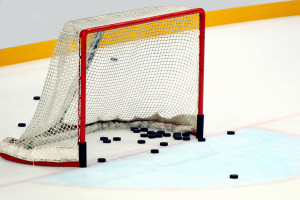
Kids need lots of shots in hockey practice
Junior, College and professional players often get extra ice time before or after hockey practice to shoot a few hundred pucks. Lack of ice time at the minor hockey level limits the amount of free time players have to work on the small details and get shot repetitions. In a typical minor hockey practice many players may only get 10 to 20 shots on goal with big gaps between shots.
LGS Recommendation:
Always have at least 50 bucks on the ice. Save five minutes here and there to organize some quick succession shooting. While working on a small area game or team concept in one end of the rink a few players could get a pile of 20 or 30 pucks to shoot. Small area skill drills also insure lots of repetitions in a short amount of time. Some full ice drills result in virtually no shots at all! Remember, there is a time and a place for everything, but make sure part of your practice if focused on shot reps. Muscle memory is critical in mastering shooting mechanics.
#2. Outside Edge Skating Control Through Change of Direction Pivots.
Even many strong players with whom we work don’t handle the puck well while changing direction. Facing the play is obviously critical skating skill and hockey principal. Many traditional flow drills force players to skate only forwards.
LGS Recommendation:
Even if you are the biggest fan of filling hockey practice with only full ice flow drills, integrate pivots and change of direction into those drills. For example a D must gap up then pivot to backwards before retrieving a puck from the corner. Even better, save 15-20 minutes in the middle of hockey practice for skill stations. Figure 8 open pivots around the cones while passing with a partner and handling the puck through the transitions is a great and simple drill to challenge players footwork, agility, timing, passing, and puck control skills.
[info_box]
Can Our Influence Help You?
- Coaching Downloads (Practice plans, goalie drills, small area games)
- How to Play Hockey Member Site
- Summer Camps
- Project Mongolia
- New Zealand Hockey Exchange
[/info_box]

